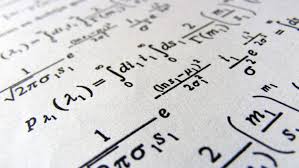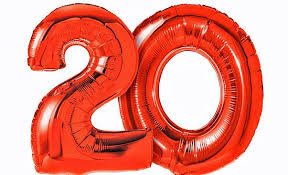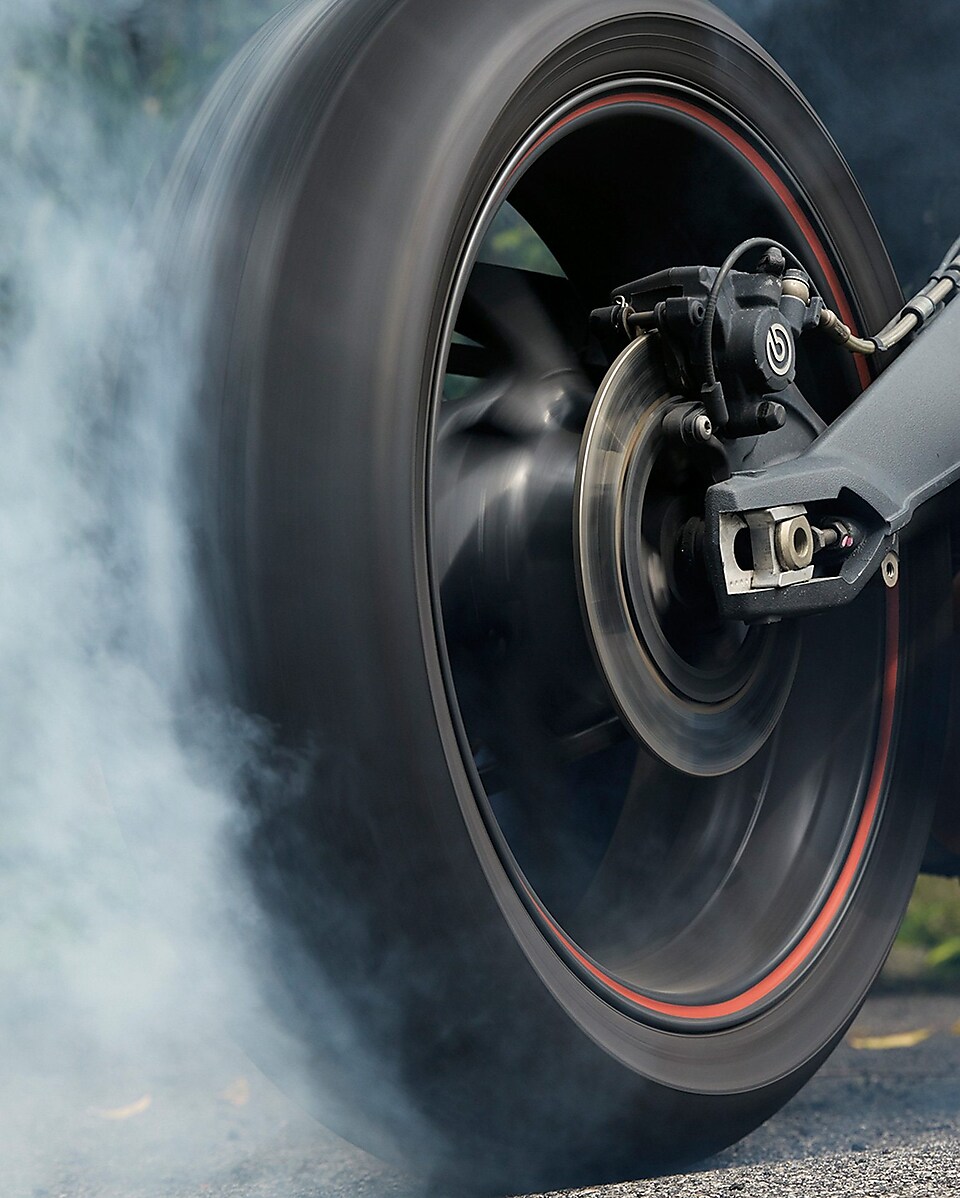


This edition of the Yamaha XT 400 Single is the 5 speed | Manual version and was first brought out in 1981. This was at around the same time as the introduction of the 1982 Honda CB 750 SC Nighthawk and the 1982 Yamaha XS 400 L Maxim.This particular Yamaha XT 400 has a 399cc Air cooled, Two stroke, V-Twin Petrol powerplant with 1 cylinders and Carburettor.
The 1981 XT 400 shares its V-Twin engine and Off-Road style configuration with the likes of the 2020 Kawasaki KLX 250 Camo and the 2020 Kawasaki KLX 230 Single Cylinder. Alternatively, if you're looking for other bikes which share the XT 400's Off-Road style with a similar size of engine then how about the 2020 Kawasaki KLX 250 Single Cylinder | 2020cc.2020 Kawasaki KLX 230 Single Cylinder | 2020cc.
Weighing in at 0 kgs (0 lbs) this makes the Yamaha XT 400 Single in the same weight category as the 2024 Kawasaki Z7 Hybrid or the 2024 Honda XRE 300 Adventure ABS and Rally, give or take 50kg.
In terms of power the 399cc 4 valve V-Twin 1 cylinder engine produces 31 bhp (23 kW) @ 7000 rpm similar to the 2025 Honda MSX 125 Grom [9.6 bhp (7 kW) @ 7250 rpm] or the 2025 Yamaha WR 250 F [36.1 bhp (26 kW) @ 12000 rpm].
The SOHC Two stroke unit throws out torque of 22.8 lb-ft (30.9 Nm) @ 6000 rpm placing it alongside motorbikes of similar performance figures such as the 2025 Suzuki SV 650 ABS [47.2 lb-ft (63.9 Nm) @ 8100 rpm] and the 2025 Honda MSX 125 Grom [7.6 lb-ft (10.4 Nm) @ 5500 rpm].
If one combines the weight with power or torque performance for the Yamaha XT 400 you can get a better idea of it's real world performance.
The 1981 Yamaha XT 400 Single has a Power to weight ratio of 202.6 bhp per ton and 149.4 lb-ft per ton. Bhp Per Ton figures of the 1981 XT 400 competing with the 1995 Honda XR 250 L [227.2 bhp\ton] and the 2002 Honda XR 250 L [227.2 bhp\ton].
If you agree with the late great Carroll Shelby, then arguably an even better indicator of potential performance is Torque. Factor weight into the equation and you end up with - Torque per ton, with the Yamaha XT 400 generating around 149.4 lb-ft per ton. If you're curious as to what other motorbikes have as much torque to weight then look no further than the 1989 Honda PC 800 Pacific Coast [174.4 lb-ft per ton] and the 1993 Honda PC 800 Pacific Coast [174.4 lb-ft per ton].
With a 0-60mph time of 18.3 secs or a 0-100km/h (0-62mph) of 18.7 secs, this makes the Yamaha XT 400 Single similar in acceleration to the 2016 Yamaha XVS 950 V-Star Bolt R Spec (18.3 secs) and the 2014 Yamaha XVS 950 V-Star Bolt R Cafe (18.3 secs). This Yamaha XT 400 Single also competes in terms of 0-60 mph and 0-100km/h with the 2018 Honda CB 250 R Neo Sports Cafe (0.0 secs) and the 2020 Norton Superlight SS (0.4 secs).
![Suzuki Boulevard - Intruder C 50 - [2005] image Suzuki Boulevard - Intruder C 50 - [2005] image](/editionimages/b/default.jpg)
Quarter Mile time is a close race between the 1981 Yamaha XT 400 Single and the 2005 Suzuki Boulevard - Intruder C 50
When talking about the performance of the 1981 Yamaha XT 400 Single on the drag strip it can reach a quarter mile in an estimated 0 secs @ 0 mph. Bikes with a similar performance down the quarter mile can be found in the 2005 Suzuki Boulevard - Intruder C 50 (0 secs) and the 1984 Honda XL 185 S (0 secs).
The 1981 version of the Yamaha XT 400 Single has a maximum speed of 90mph.
If maxing out your bike on the AutoBahn is your thing and you're wondering what's faster at the top end than the 1981 Yamaha XT 400 Single then how about a 2002 Suzuki GS 500 E (101 mph) and the 1999 Suzuki GS 500 E (101 mph).


Kawasaki VN 900 Vulcan Classic Light Tour Special Edition
Engine Capacity: 903cc
Top Speed: 0 mph
Power: 50 bhp



















